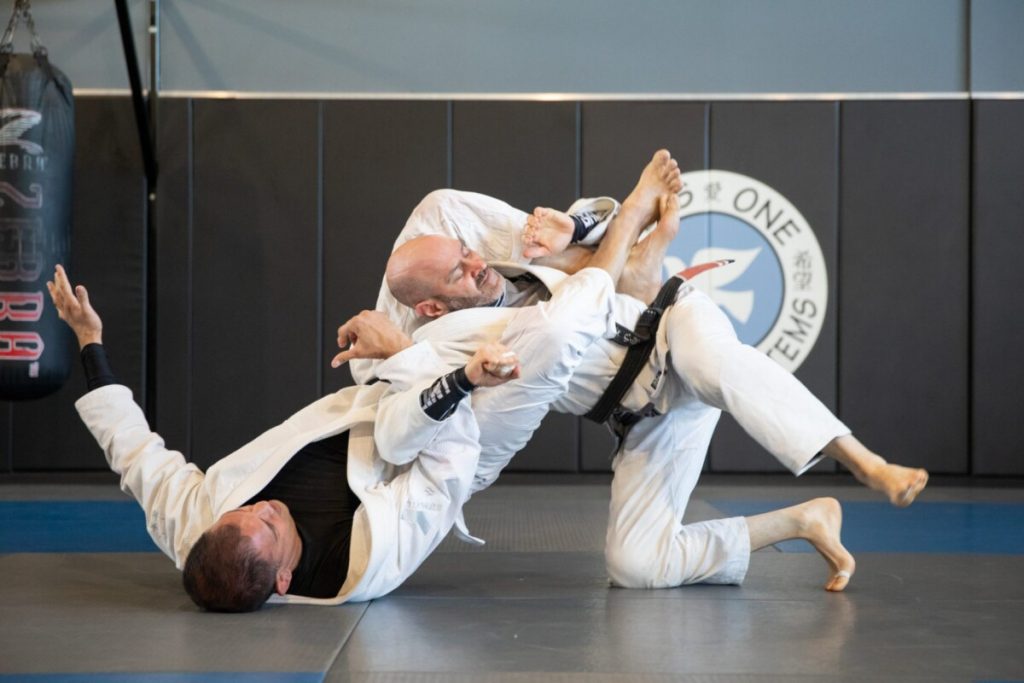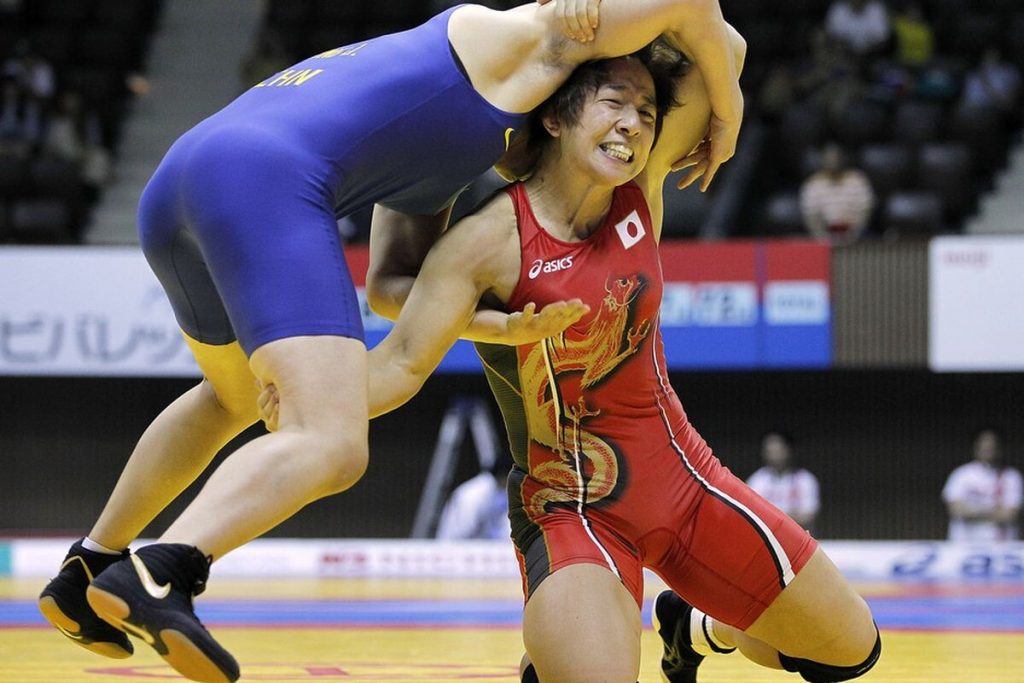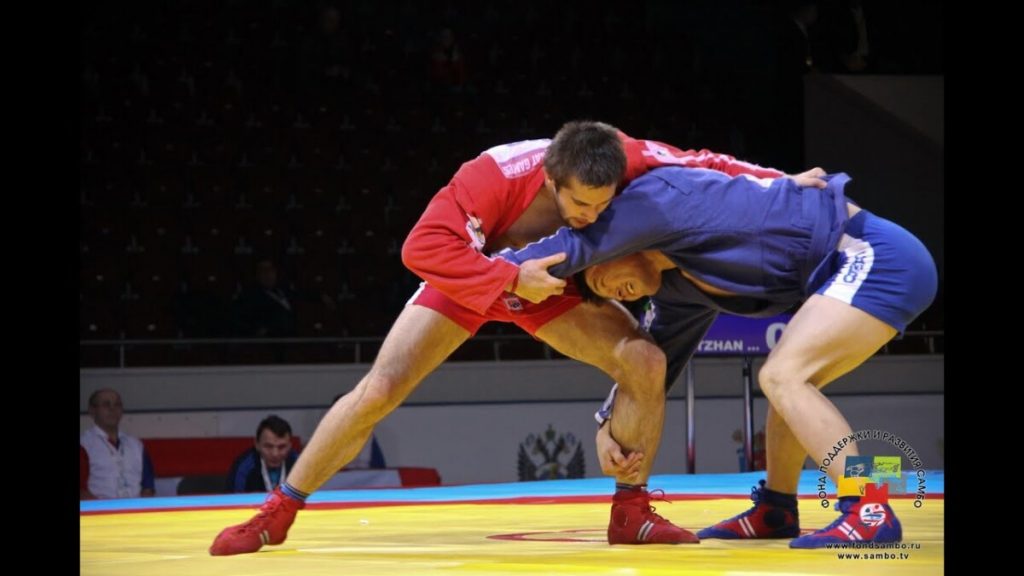Grappling In MMA: A major component of mixed martial arts is grappling. In the early stages of professional mixed martial arts, Brazilian Jiu-Jitsu (BJJ) was the main weapon used by Royce Gracie to subdue opponents who were frequently bigger and stronger. The efficacy of BJJ made many rethink how they approached the battle. Boxers were no longer thought to be the world’s strongest fighters since mixed martial arts (MMA) showed that many of them couldn’t hold their own against a skilled grappler in a cage.
Nowadays, everyone thinking about becoming a professional mixed martial arts fighter needs to learn how to grapple. It goes beyond BJJ as well. A number of wrestlers have found success inside the cage, and many think it’s the ideal foundation for professional mixed martial arts. This is due to the fact that the scoring system for mixed martial arts matches is optimised for wrestling. Judges consider being at the top to be beneficial, therefore controlling the location of the battle adds points to your score.
This is evident from the current roster of MMA champions. Tony Ferguson, Tyron Woodley, Daniel Cormier, and Stipe Miocic are all former wrestlers. But it doesn’t end there. Numerous other martial arts grapplers have also left their impact on mixed martial arts.
What Are The 4 Types Of Grappling Found In MMA?
Let’s examine a few of the several forms of grappling used in mixed martial arts (MMA):
1) Brazilian Jiu-Jitsu

The best grappling technique in mixed martial arts (MMA) has unquestionably been Brazilian Jiu-Jitsu. There’s nothing like the finishing power of BJJ practitioners, even though it shares many characteristics with other grappling systems.
Knowing BJJ well means that even when you’re being dominated, you’re constantly engaged in combat. To apply a joint lock or choke and induce submission in your opponent, all you need is one opening. BJJ has an infinite amount of sweeps, reversals, and submissions.
The capacity to end battles on their backs is another quality that sets BJJ practitioners apart from other grapplers. Traditional beliefs regarding fighting styles are challenged by the guard, a traditional BJJ posture.
The general public often believes that the person at the bottom is losing the battle, but in reality, the bottom position is where more submissions and assaults occur than the top position.
What makes BJJ the best grappling art is its ability to finish situations that are often disadvantaged. With BJJ comes a certain type of confidence as well. An excellent illustration of this is Anderson Silva. You may practise other areas of your martial arts repertory when you aren’t afraid of being put on your back.
You might also be interested in reading this: 10 reasons why MMA is the hardest sport!
2) Wrestling

One of the finest foundations for MMA is wrestling, as we have already discussed. It may not have as many submissions as BJJ, but it more than makes up for it with its numerous pinning tactics and holds. Wrestling is about controlling your opponent, whereas BJJ focuses on winning bouts.
It’s common for wrestlers to be more skilled at bringing down opponents and staying upright. Additionally, after they are on the mat, wrestlers are better at holding onto their opponents’ pins. That’s a rather handy skill set for MMA. A competent wrestler may use ground control to win matches or just take out opponents and beat them into submission on the mat. Mixed martial arts champions have always participated in wrestling as a sport.
In MMA, wrestling may be so successful that it helped Brock Lesnar dethrone the legendary Randy Couture by winning a UFC championship a few fights after turning pro.
3) Judo

This is another grappling technique that has been shown to work in mixed martial arts. It certainly shouldn’t come as a surprise considering that Jiu-Jitsu is a Judo offshoot. Judo competitors like Ronda Rousey dominated women’s MMA with her Olympic-caliber Judo, while Karo Parisyan thrilled UFC fans with his amazing throws during his heyday.
Judo receives its fair amount of submissions, much like BJJ. For instance, BJJ players popularised the triangle choke, which is basically a judo choke. Judo emphasises throws from a variety of positions, even ones that would appear unfavourable, such as when your opponent has double under hooks locked on you. This is what sets Judo apart from other grappling sports.
A well-executed judo throw dazes your opponent, allowing you to finish them with blows or a submit. That’s among the factors that made Rousey so powerful in her heyday. She frequently won submissions immediately after knocking her opponent to the canvas.
4) Sambo

Russian fighters such as Fedor Emelianenko and Khabib Nurmagomedov have made sambo, or grappling, more popular. Although it’s not among the most well-liked grappling techniques in contemporary mixed martial arts, it’s among the most successful.
Sambo practitioners possess a wide array of takedowns in their toolkit, and because many of these takedowns are uncommon in other grappling disciplines, it is more difficult to defend against them. Arguably, Sambo is the most comprehensive grappling-based martial art. Its curriculum includes striking techniques, sweeps, and submits. Striking takes up as much time in grappling arts as it does here.
That offers Sambo practitioners an advantage when they begin training and begin to prepare for all the many scenarios that might occur during a battle. It also makes it a particularly powerful grappling technique for defensive situations.
These are mixed martial arts’ four primary grappling techniques. Their unique differences are what truly set them apart, even if they all have certain things in common. Due to the fact that mixed martial arts (MMA) has evolved since its founding, becoming a professional fighter requires you to be comfortable in grappling exchanges.
There is no better grappling technique than any other. You may get a great deal of knowledge from each one. You will quickly discover that the majority of MMA champions, both past and current, have mastered many grappling techniques when you examine them more closely.
If being a professional mixed martial artist is your objective, then you should practise at least two different grappling styles. Although BJJ is great, it works much better if you can also wrestle or practice judo. You may say that any other martial art is similar to this.
These are the 4 types of grappling found in MMA. Let us know your thoughts in the comment section below.

